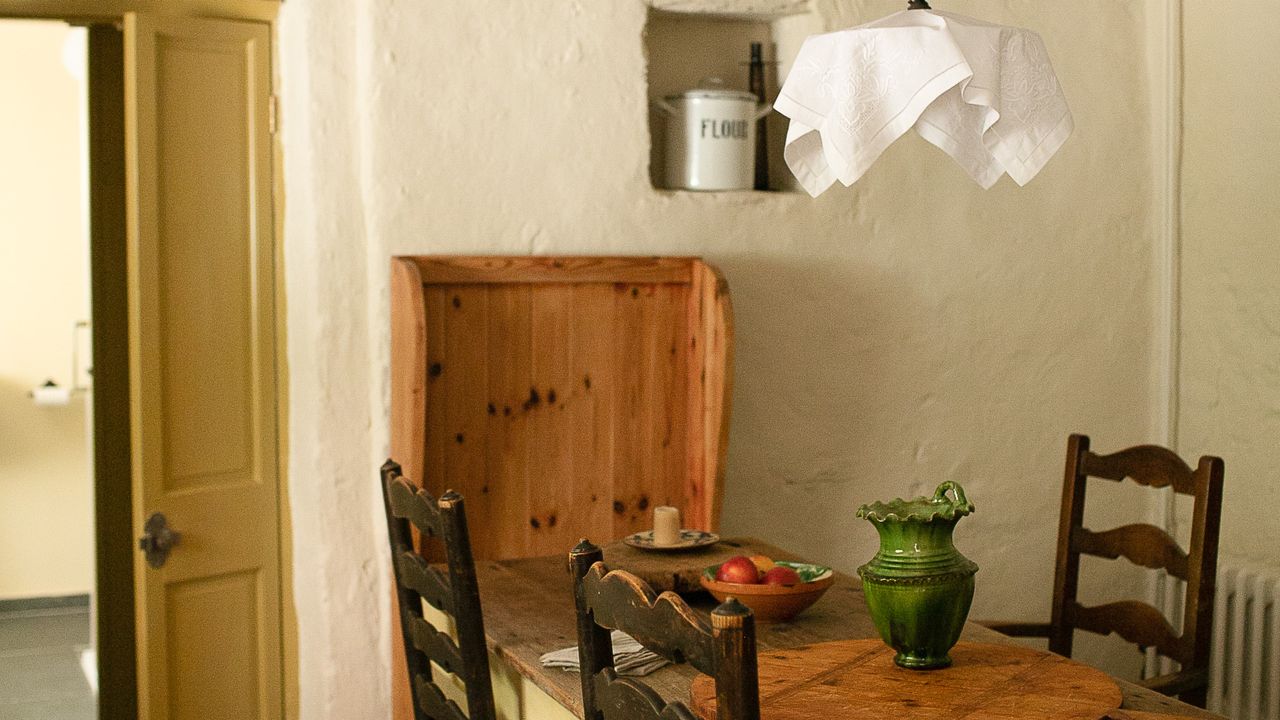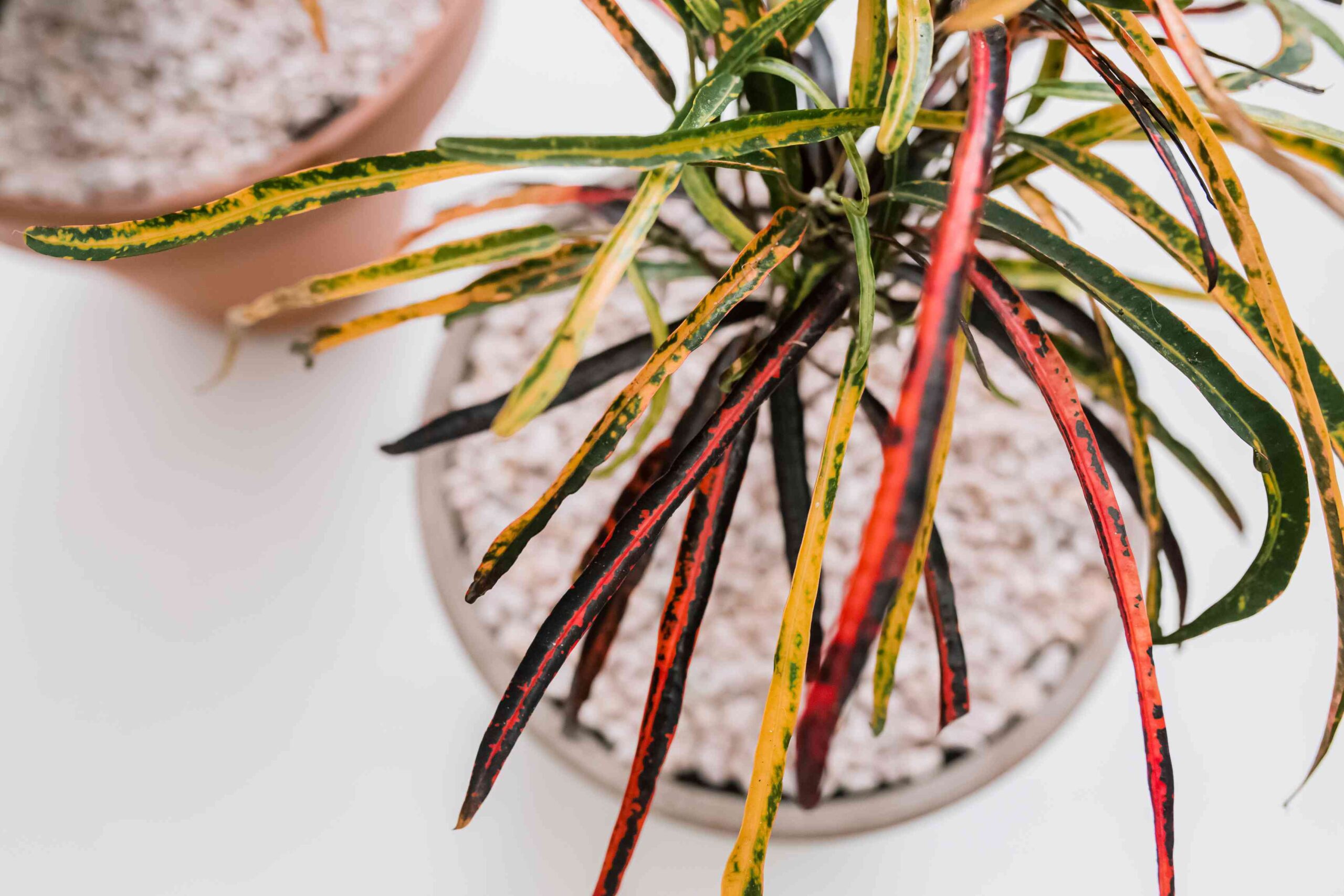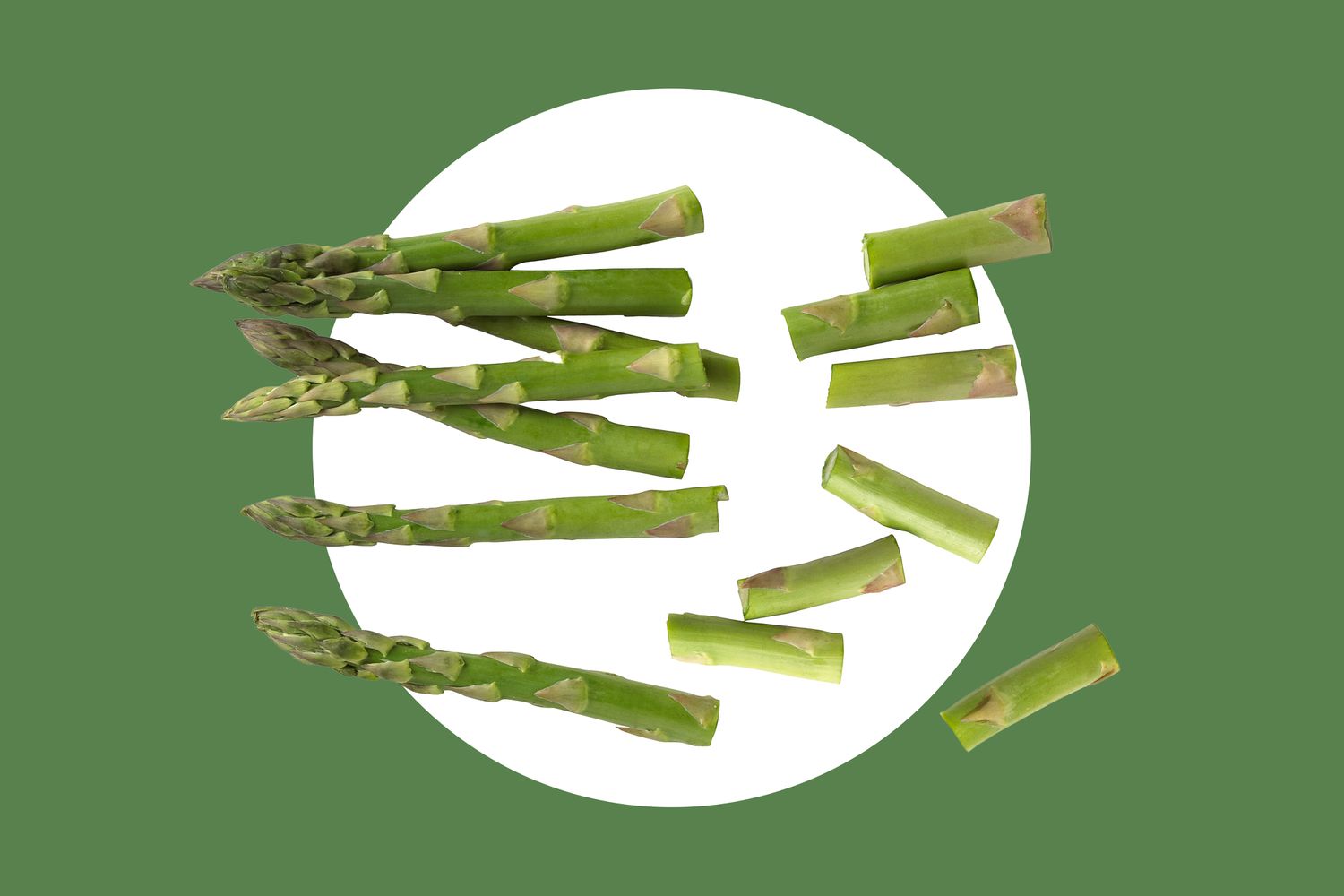
The 3 Most Common Types of Peas — and How to Use Them
The sight of fresh green peas at farmers markets is a sure sign that spring has arrived. These tasty legumes bring a pop of color and sweet nuance to dishes like soups, salads, and stir-fries. There are many varieties of peas, but they can be broken down into three main categories: English peas, snow peas, and sugar snap peas. Here’s how to differentiate between the three so you can enjoy them in all kinds of dishes, from salads to soup.
English peas
Food & Wine / Getty Images
English peas, also called garden peas or shelling peas, are the variety you might think of when you imagine traditional peas — the type that is sold frozen and canned. They are round green spheres that grow inside inedible pods.
How to buy
Look for smooth green pods that feel firm; avoid any that are yellow, limp, or have brown spots. They’re usually freshest when bought from farmers markets, but you can often find decent shelling peas at the grocery store.
How to prepare
To shell, squeeze the pods between your thumbs and fingers on the seams to pop them open. Hold the pod over a bowl and run your finger along the inside to release the peas into the bowl. One pound of pea pods will make about one cup of shelled peas.
Ways to use them
English peas are very versatile, and work well in risottos, pasta, soups, salads, or sautéed as a side dish. They’re tasty as a simple side dish when tossed with chopped fresh mint, a drizzle of olive oil, and flaky salt, or blanched and cooked with mint butter. To incorporate them into a main dish, try Risotto with Peas and Bacon, Braised Chicken with Leeks and Peas, or Orecchiette with Pancetta, Peas and Fresh Herbs. English peas can also be puréed into delicious dips like a Ginger Miso Sweet Pea Spread.
Snow peas
Food & Wine / Getty Images
Snow peas, which originated in Southeast Asia, have flat, tender pods with tiny peas inside. The entire pod is edible and has a crunch and subtle sweetness. Though they are often confused with snap peas, snow peas are the flatter of the two.
How to buy
Find pods that are bright green, flat, and crisp. They should snap when they’re bent. In general, smaller pods are usually more flavorful than larger ones.
How to prepare
Trim the stem ends before eating them, and remove the tough string that runs along the seam (this is important, since it’s not very pleasant to eat). Rinse and pat them dry before using.
Ways to use them
Snow peas are delicious stir-fried, steamed, or eaten raw. They’re great in noodle stir-fries or as a crunchy addition to salads. Try them in Lo Mein with Mushrooms and Snow Peas, a Gingered Stir-Fry with Shrimp and Snow Peas, a Snow Pea Salad with Pancetta & Pecorino, or a Triple Pea Salad.
Sugar snap peas
Food & Wine / Getty Images
Sugar snap peas are a hybrid — they were invented in the 1970s as a cross between the snow pea and garden pea. The goal was to combine the edible pod of snow peas with the sweetness of English peas, and it worked brilliantly. Snap peas have a crunch and natural sweetness that makes them ideal for snacking on raw; you can also incorporate them into recipes.
How to buy
Choose bright-green, plump pods that snap when broken; avoid any that are dull, yellow, or limp.
How to prepare
Snap off the end, then pull down to peel off the string running along the seam of the pod. There are some newer varieties of sugar snap peas that are stringless and don’t require this step, which will typically be marked on the package.
Ways to use them
Enjoy sugar snap peas as raw crudités for dips, sautéed or blanched as a side dish, chopped and added to salads, or mixed into stir-fries. Try Sautéed Asparagus with Sugar Snap Peas, Sugar Snap Peas with Mint and Warm Coconut Dressing, or Sugar Snap Peas and Oyster Mushrooms in Sherried Cream. Or use them to add a crunch to a Snap Pea and Chicken Salad.










